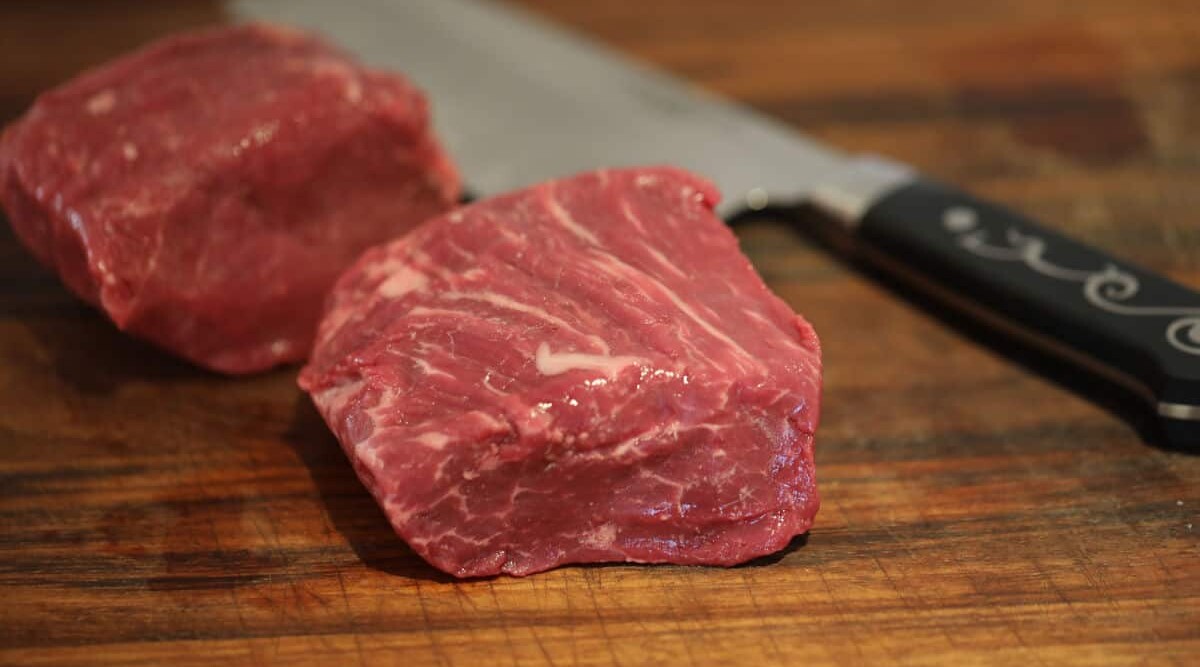
In this article, I’ll share with you what I know about the different USDA beef grades and show you how to become a savvier carnivore.
Like many, I used to be completely lost when I would go to the supermarket looking for a good steak.
I’d stare at the meat case with wonder and curiosity, looking at the steaks and not knowing what most of the words on the label meant. Choice? Select? Prime? What do the USDA beef grades mean?
To top it all off, most of the “butchers” working the counter at my supermarket were hardly old enough to have their driver’s license, let alone be able to recommend a good steak or tell me the differences between them.
Once I got to smoking the king of BBQ meats though, brisket grades became something I simply had to learn, and from that the USDA grades as they applied to all beef.
So finally, I made my way to a local family run butcher shop where the third generation owner was more than helpful and got me on the right track when it came to beef.
That was many years ago, and I’ve learned a lot since then. Here is what I know.
Jump to:
- 1 What are the Different USDA Beef Grades?
- 2 What is Wagyu?
- 3 How is Beef Graded?
- 4 Can Grass Fed, Grain Fed, Grass / Grain Finished all Be USDA Rated?
- 5 How Do the Different Grades Differ in Taste?
- 6 Do the Different Grades Have Different Nutritional Values?
- 7 What do the Different Grades Mean for Your Steak or Brisket?
- 8 Conclusion
What are the Different USDA Beef Grades?
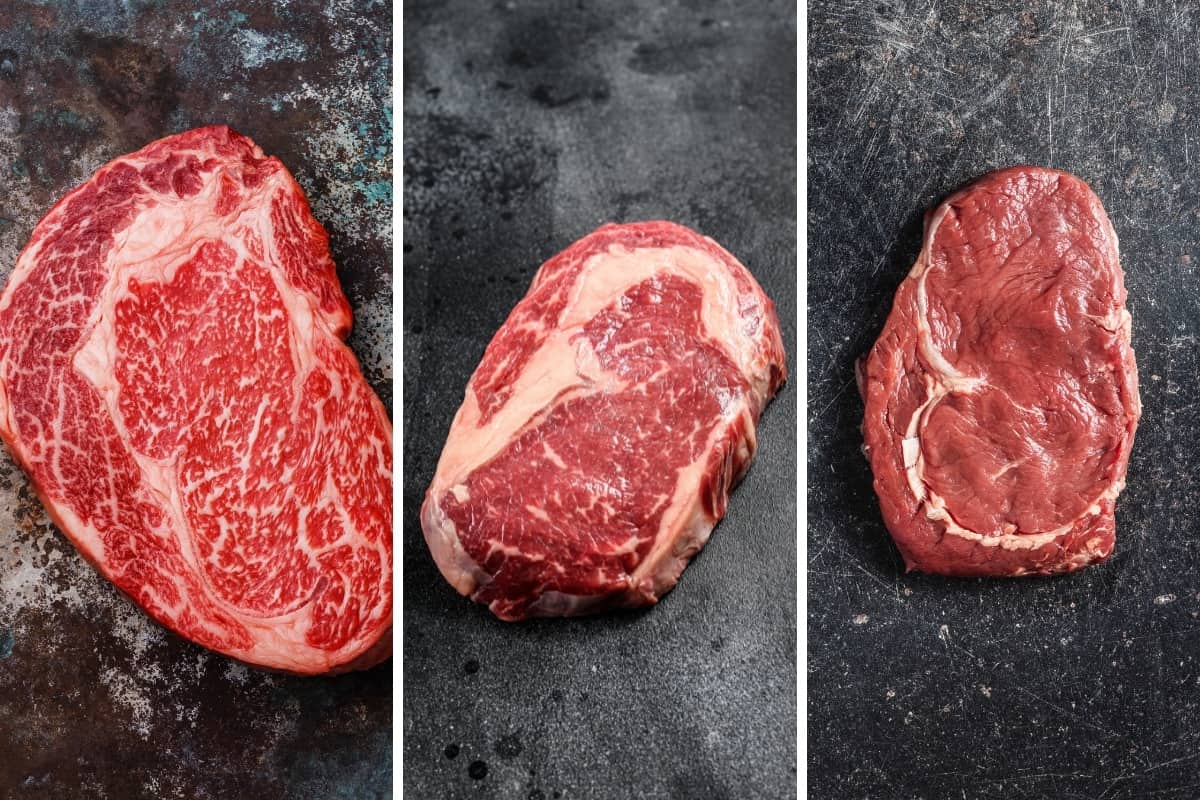
The United States Department of Agriculture (USDA) has the responsibility of inspecting meat that is prepared to be sold to the public to ensure that it is safe — also known as “wholesome.” This is a mandatory inspection that all federally inspected meat packing plants must take part.
We’ll get into the details below, but know that there are essentially three main types of grades for beef sold in the USA.
Prime
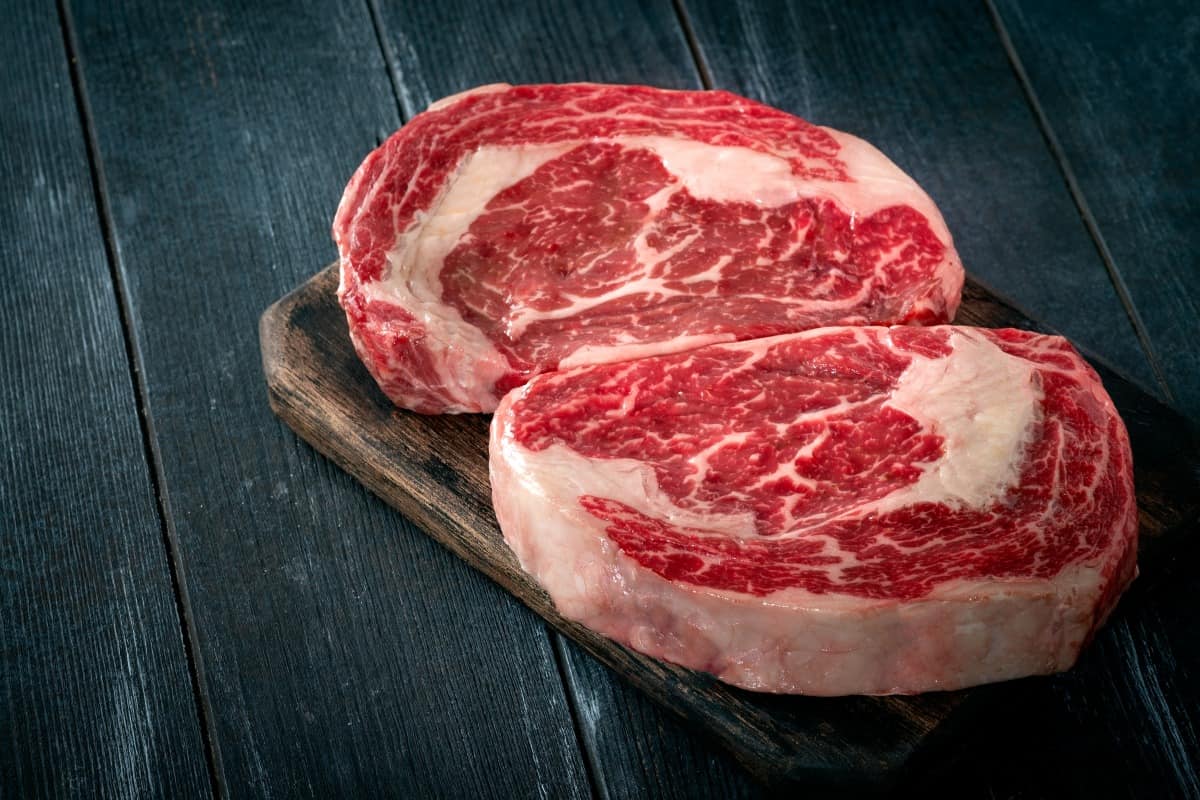
Beef labeled as “Prime” is some of the best beef available, and almost universally agreed to be the grade of the best and most popular steaks for grilling.
It may be difficult to find in your typical supermarket since Prime cuts are generally reserved for restaurants and hotels.
Prime beef comes from young, well-fed cattle with an abundant amount of marbling throughout.
Choice
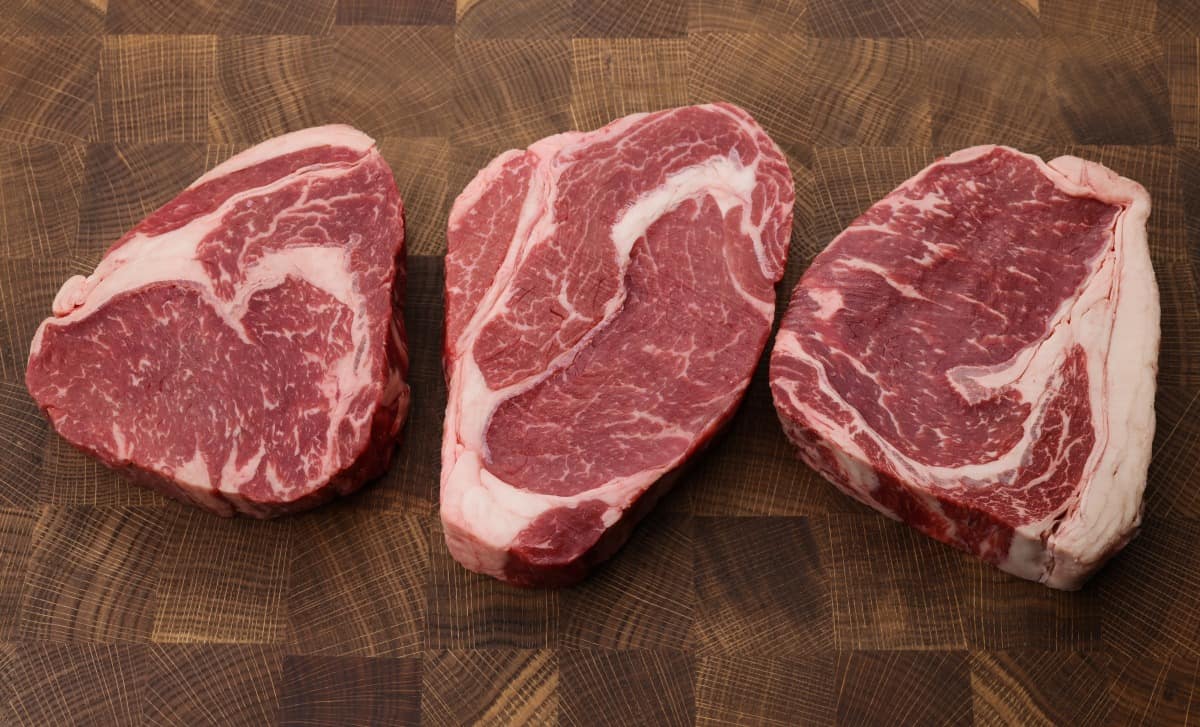
This is the most common grade of beef that you will find in your local supermarket. While it is still considered of very high quality with a high amount of marbling, it has less fat than Prime.
Select
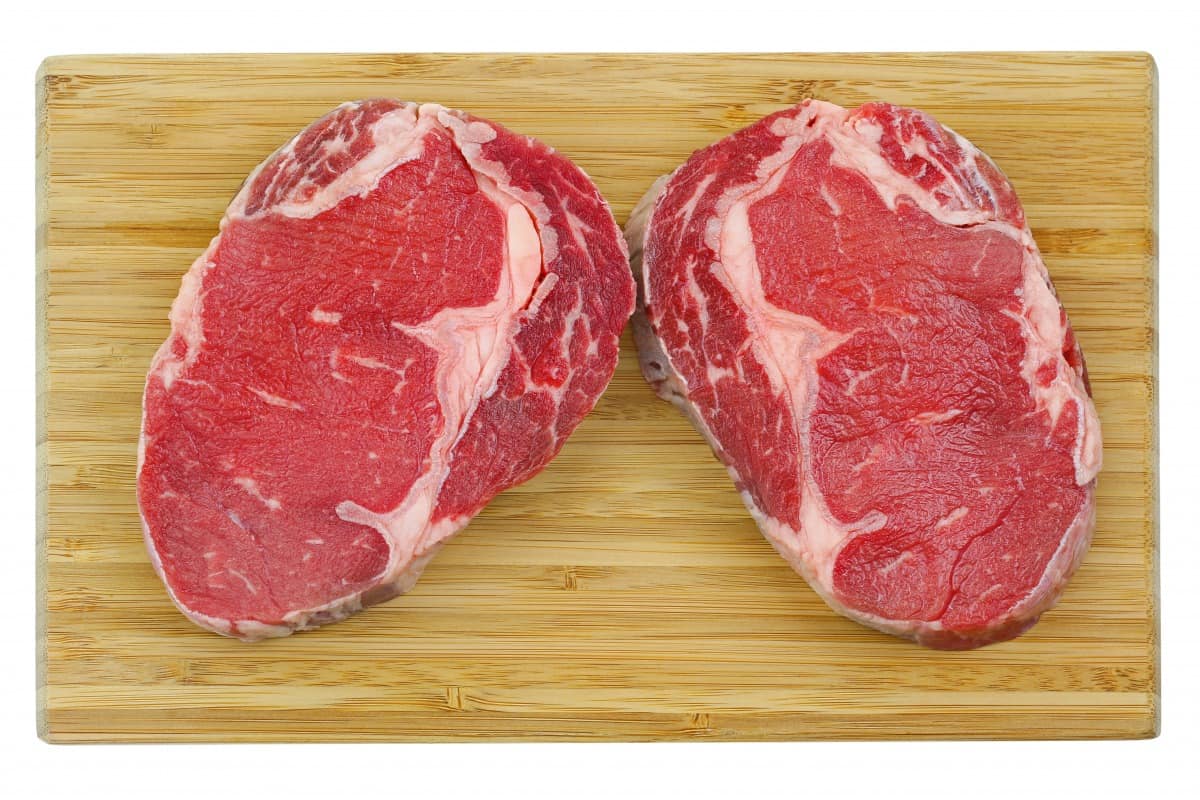
This is also commonly found in supermarkets along with Choice. Select is considerably leaner than Prime and Choice and will lack marbling.
Various Lower Grades
There are other USDA grades of beef such as “Standard,” “Commercial,” and “Utility.” These grades will have considerably lower amounts of marbling and will risk not being very flavorful. Also, the cattle tend to be much older than Prime, Choice, or Select.
You will typically not find these cuts in your local supermarket cut into roasts or steaks. They will instead be ground for hamburger meat or other processed foods.
What is Wagyu?
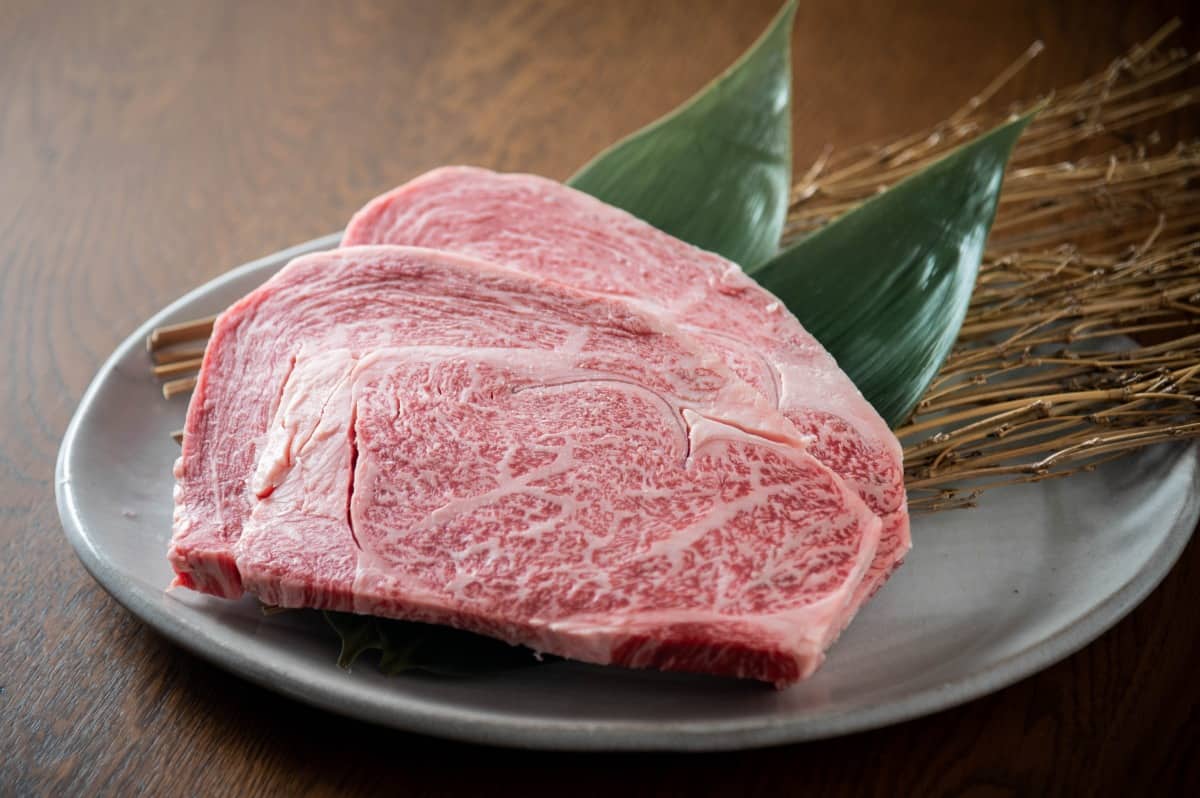
Wagyu is a breed of cattle native to Japan. In fact, the word “Wagyu” literally translates into “Japanese beef.”
These cattle contain highly marbled beef that is higher than USDA Prime and when cooked provides a melt in your mouth tenderness.
Lately, we have begun seeing Wagyu cattle raised outside of Japan, and it’s becoming easier to source Wagyu beef.
Click here for a deeper discussion, and many interesting facts on Wagyu beef.
How is Beef Graded?
We already touched on how the USDA inspects meat to ensure it’s wholesome.
Once the meat has been considered wholesome, the beef plant can elect to have the beef graded by a Licensed Federal Grader.
The grader will look at many items when considering the grade of beef, the two most important things they will consider are the age of the beef and the amount of marbling present throughout.
The younger the cattle and the higher the amount of marbling, the better the beef will be graded.
Can Grass Fed, Grain Fed, Grass / Grain Finished all Be USDA Rated?
You need to be careful when you see labels like “grass fed” or “grain finished” on the beef packaging. Lately, there has been some controversy over what these labels genuinely mean, and how they can potentially confuse consumers.
We have an article that does a great job of demystifying the differences between grass fed and grain fed beef.
In short, all beef starts as being grass fed but typically moves to a grain lot once it reaches a certain age. This is done to help make it easier to fatten the animal for slaughter. Most beef is either grain fed or grain finished beef and is USDA rated.
On the other hand, beef that has been either raised on grass or finished on grass is typically considerably leaner than grain fed beef, and therefore would typically not have a USDA rating.
How Do the Different Grades Differ in Taste?
The higher the grade of your beef, the higher the marbling and tenderness, and usually also the better the taste because it’s the fat content that really gives the great flavor.
Cuts on the lower scale will not be as flavorful or as tender as the higher graded counterparts. Beef that is Prime or Wagyu will be very flavorful and will be much more tender than the lower graded cuts.
Do the Different Grades Have Different Nutritional Values?
Beef that is graded Select has 5 — 20% less fat than Choice beef of the same cut, and 40% less fat than Prime.
While this is not necessarily the case 100% of the time, we should be able to easily infer that the higher the grade of the beef, the higher the fat content, and the higher the calories.
However, the amount of fat, or how much you trim, has no effect on the vitamin and mineral content of the beef.
What do the Different Grades Mean for Your Steak or Brisket?
Now that we know the differences between Prime and Choice beef, does this affect how you prepare your steak or brisket? The short answer is: Yes and no.
Prime and Choice are on the higher end of the marbling and tenderness, so they tend to do pretty well with conventional cooking methods. The reverse sear is great for many steak cuts, and low and slow smoking is great for brisket.
However, Select will have a difficult time with tenderness and flavor due to the lack of marbling if cooked this way.
Rebecca Morris of Modern Farmer recommends marinating Choice steaks in a salt-rich sauce like soy or Worcestershire before cooking. The salt will tenderize the meat and make it juicier.
Conclusion
We hope this article has taken some confusion out of the subject of beef grades. What do you think? Did we miss any major points? Are there any recommendations we should have made?
Please leave a comment down below letting us know!
Happy grilling!


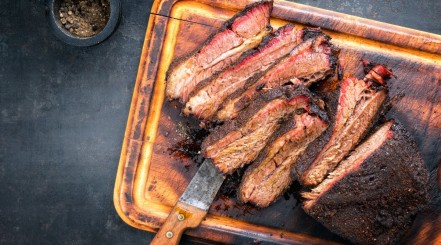
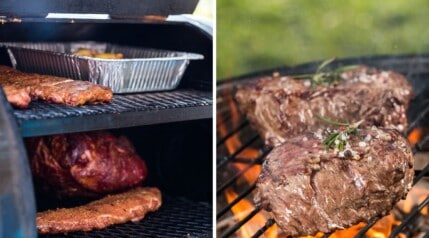
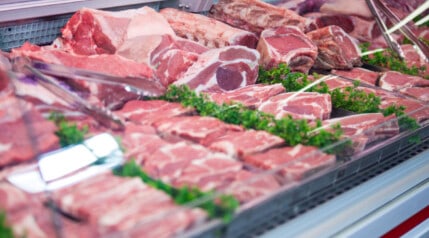

0 Comments